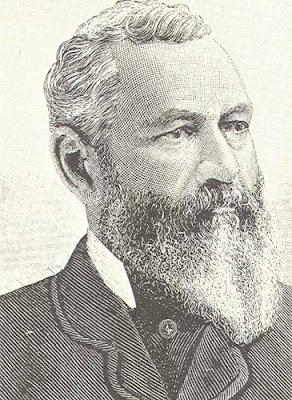
Hello everyone! I apologize about yesterday. I will give you two today to make up for that. The Day 7 fact is a quick one, so hopefully you don’t feel overloaded.
Day 6-Toni Morrison
Toni Morrison, novelist, educator, and editor, was the first black American and the second American woman to win the Nobel Prize in literature, which was awarded on October 7, 1993. The Swedish Academy called her a “literary artist of first rank,” one who “gives life to an essential aspect of American reality,” and one who wrote prose “with the luster of poetry.” Informed of the honor, Morrison said that her work was inspired by “huge silences in literature, things that had never been articulated, printed or imagined and they were the silences about black girls, black women.” Her novel Song of Solomon, published in 1977, won the National Book Critics Award for fiction that year, and in 1988 she won the Pulitzer Prize for fiction for her work Beloved. Her other novels include The Bluest Eye (1970), Sula (1974), Tar Baby (1981), and Jazz (1992). Morrison was born in Lorain, Ohio, and graduated from Howard University in Washington, D.C., in 1953. She received a master’s degree in English from Cornell University in 1955. In 1965 Morrison became a textbook editor for a subsidiary of Random House Publishing in Syracuse, New York, and three years later she moved to New York City as a senior editor in the trade department at Random House. She mixed her editorial work with a teaching career and taught at a number of colleges. She left the publishing field in 1984, and in 1989 became the Robert F. Goheen Professor of the Council of Humanities at Princeton University. In 1996 the National Endowment for the Humanities named her Jefferson Lecturer in the Humanities.
Carney Smith, Jessie. Black Firsts: Groundbreaking Events in African American History. New York: Fall River Press, 2009.

For more information on Toni Morrison and her Nobel Prize win follow the links below:
http://en.wikipedia.org/wiki/Toni_Morrisonhttp://nobelprize.org/nobel_prizes/literature/laureates/1993/morrison-bio.htmlhttp://www.nytimes.com/1983/10/08/books/93nobel.htmlhttp://www.imdb.com/title/tt0120603/Day 7-Invention of the Rubber Stamp
W.B. Purvis invented the hand stamp, patented on February 27, 1883. This was a wooden device to which rubber letters are attached. It was very effective and remains in use today.
Carney Smith, Jessie. Black Firsts: Groundbreaking Events in African American History. New York: Fall River Press, 2009.

Purvis was also the inventor of the Fountain Pen. This patent came in 1890.

















































